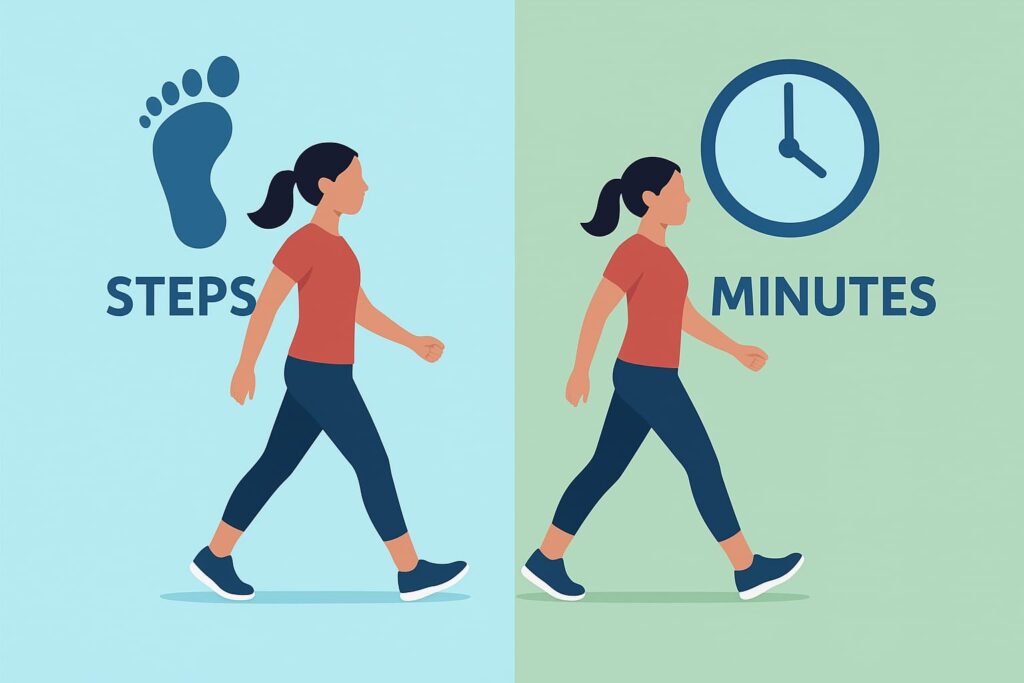Walking for Fitness: Experts Explain Whether Counting Steps or Tracking Minutes Works Best

Walking remains one of the most popular and accessible forms of exercise, but there’s an ongoing debate: should you focus on the number of steps you take or the minutes you spend walking? Experts say both methods have benefits, but the best choice depends on your fitness goals.
Steps Keep You Moving All Day
Health specialists point out that counting steps is a simple way to stay motivated. The familiar target of 10,000 steps a day may not be a strict rule, but it helps people remain active throughout the day. Small activities like walking around the house, climbing stairs, or short errands add up, making step goals easier to achieve for beginners or those aiming to avoid a sedentary lifestyle.
Minutes Match Health Guidelines
When it comes to improving cardiovascular health or losing weight, minutes matter more. The World Health Organization and other global health bodies recommend at least 150 minutes of moderate physical activity per week, or about 30 minutes a day for five days. Brisk walking, in particular, improves heart health, boosts stamina, and supports weight management.
Combining Both Works Best
Experts suggest that instead of choosing one over the other, blending both methods can be most effective. Step counts ensure steady daily movement, while timed sessions focus on exercise intensity and sustained effort. For example, aiming for 7,000–8,000 steps a day along with 30 minutes of brisk walking can help balance overall activity with fitness goals.
If your goal is simply to stay active and build healthy habits, step tracking may be enough. But if you want to improve fitness levels or target specific health outcomes, focusing on walking minutes is more beneficial. What matters most is consistency—walking regularly in a way that suits your lifestyle.












